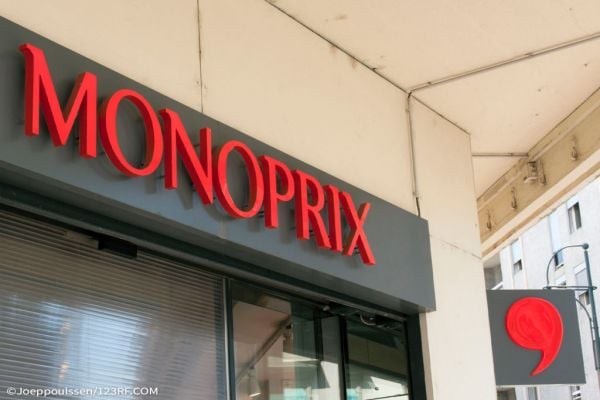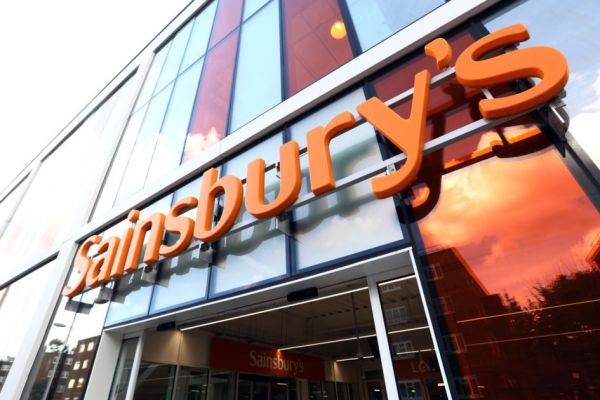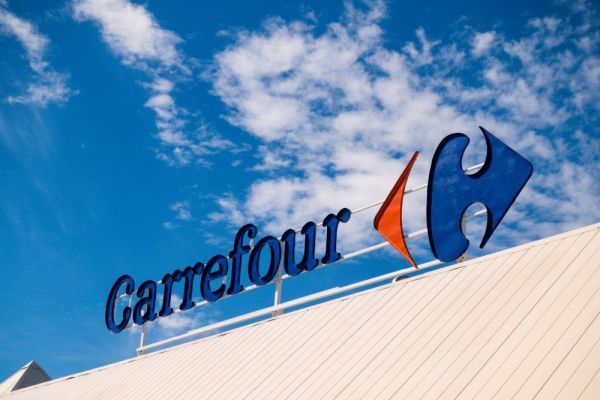The Central European states of Bulgaria, the Czech Republic, Hungary, Poland, Romania and Slovakia are set to see continual growth and creation of revenue through the retail grocery market in the next few years, according to new research by PMR.
Despite these tough times in the industry, there are green shoots emerging in Central Europe (CE). PMR, a leading research company providing market information, advice and services to international businesses interested in Central and Eastern Europe, as well as other emerging markets, estimates that in 2011 the grocery market in six CE countries was worth nearly €107 billion, 2.8 per cent more than the previous year, when expressed in local currencies. This increase was generated foremost by the discount stores and supermarket segments, and was driven by the skyrocketing prices of food produce.
Despite this gain, the CE grocery market has lost €5.5 billion over the last three years as the result of the economic crisis and local currencies weakening against the euro. According to PMR forecasts, this grocery market is to gain €10.5 billion by 2014. In this three-year period, the six CE markets will develop at an average annual growth of 3.2 per cent. There are different reasons behind these increases: high inflation, expansion of retailers, or just the effect of a low historical base. That is according to Dominika Kubacka, PMR retail analyst and coordinator of PMR's Grocery Retail in Central Europe 2012 report.
At the moment, large-format retailing progressively dominates CE grocery market. Hypermarkets, supermarkets and discount stores now control 52 per cent of the sector, 7 per cent more than was recorded three years ago. Further growth of these store formats is expected in the following three years.
Despite that majority, PMR says the greatest contributor to the predicted growth of the grocery market is the discount-store segment. Between 2008 and 2011, the segment increased in value twice as much as the combined increase of the hypermarket and supermarket segments. Last year, the discount segment recorded the most dynamic development in all the CE countries, compared to other channels. Its growth is boosted by the rising prices of food, as well as continued economic uncertainty, which prompts customers to look around for cheaper purchasing alternatives. However, despite the cost issue, consumers are rationalising their shopping behaviours. Despite paying more attention to the level of prices, they are not willing to give up on quality.
"In addition, in the case of discount stores, there is still room for expansion, even in the most saturated country, Poland, or Hungary, where the ban on retail premises over 300 square meters has been introduced. Not without meaning is the growing popularity and trust in private labels, supported by the strong promotional campaigns of grocery chains," says Kubacka. The strongest country for discount stores is, unsurprisingly, Poland, where the segment leader (Biedronka) is also the largest player on the Polish grocery market. The highest densities in the CE discount-store segment are observed in Poland and the Czech Republic, followed by Hungary, which has the most stores.
According to PMR estimates, there are currently over 4,400 discount stores in CE, some 48 stores per one million inhabitants. The number is expected to increase this year by nearly 12 per cent. Store count in Poland and Romania is to grow most, both in nominal and relative terms, whereas in the Czech Republic, growth will scarcely be 3 per cent.
Grocery market leaders are strong economic players in the area, where the share of the 'Top 3' players varies from 19 per cent in Bulgaria to 58 per cent in the Czech Republic. On average, the share of leading retailers in the entire region reached 21.6 per cent last year. In terms of revenues, the largest player on the CE grocery market is Schwarz Group, whose two chains control nearly 9 per cent of the combined CE market value and run over 1,500 stores in the CE region.
With an overwhelming negative perception surrounding the economic stability of Europe, it's reassuring to see PMR's predicted growth figures, which indicate that the CE grocery retail market is showing great promise and prosperity.
This article was originally published in the July/August edition of ESM.
© 2012 - ESM: European Supermarket













